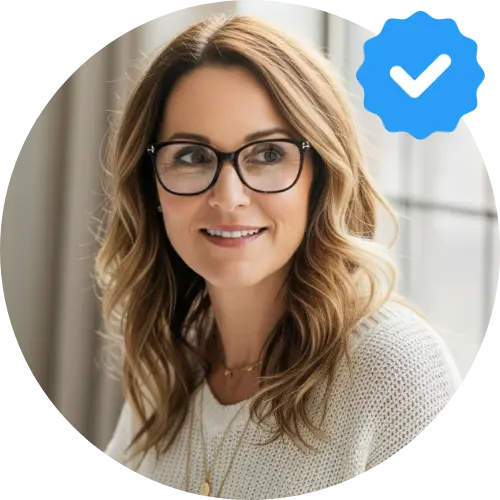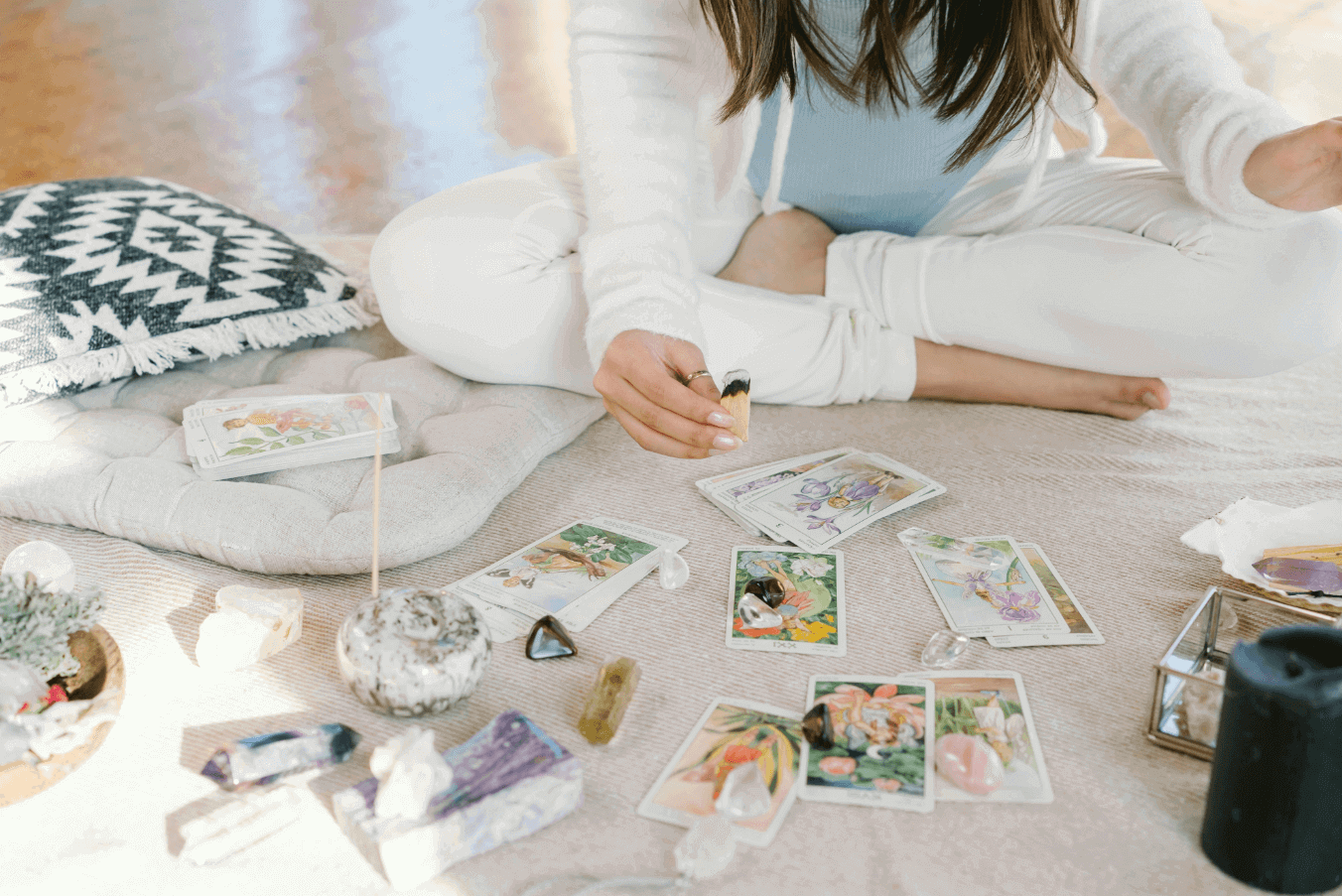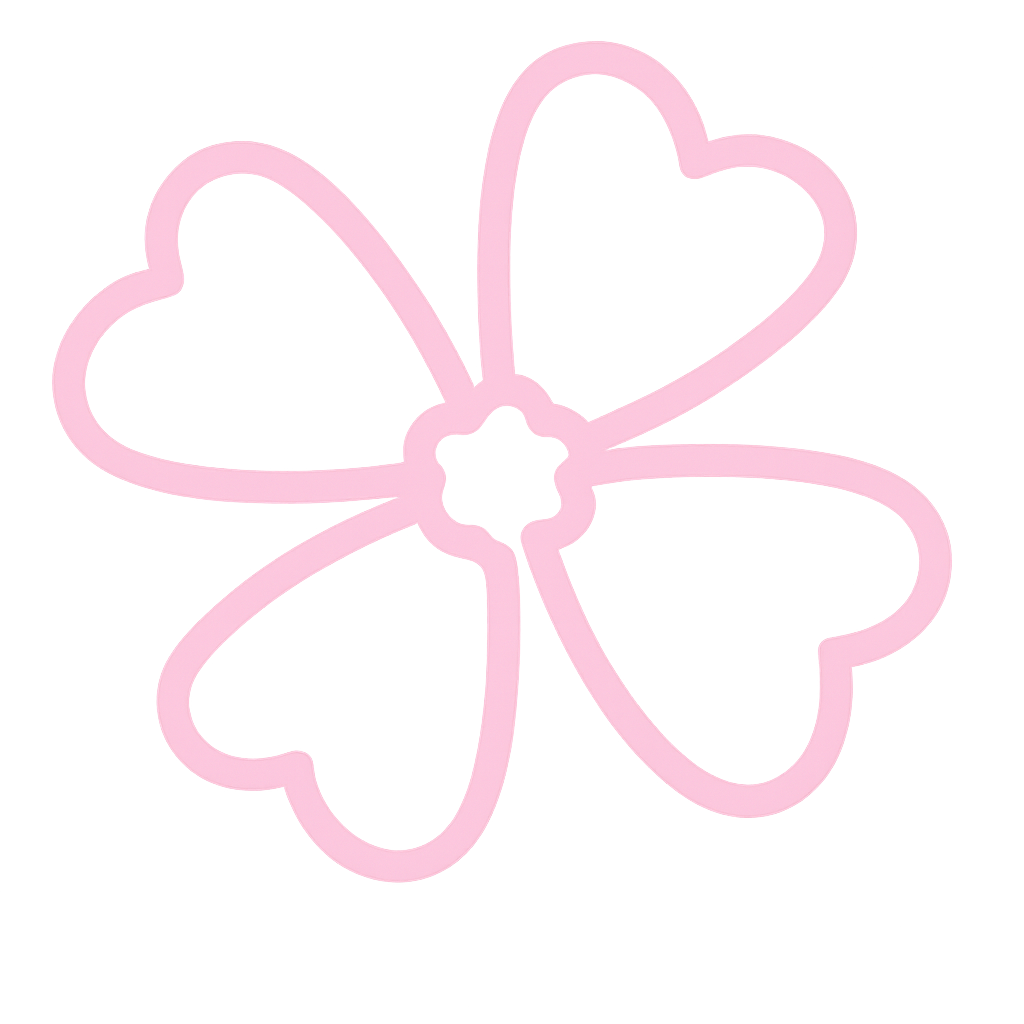Picture this: you're holding a deck of cards that's been stirring up controversy, sparking spiritual awakenings, and yes - even enhancing intimate connections for over 600 years 🔮 From the bustling ports of medieval Marseille to today's shimmering holographic decks that practically glow in your hands, tarot has had quite the journey. And honestly? The story of how these mystical cards evolved is way more fascinating (and steamier) than you might think.
Let me take you on this wild ride through tarot's timeline - because understanding where these cards came from might just change how you use them in your own intimate practices today.
The Medieval Roots: Where It All Began
Here's the thing about tarot's origins - they're deliciously murky. Most historians agree that tarot cards first appeared in 15th century Italy, but the exact details? That's where things get interesting.
The earliest known tarot decks weren't called "tarot" at all. They were "trionfi" (meaning triumphs), and they were basically fancy playing cards for the wealthy. Think of them as the luxury sports cars of the card world - beautiful, expensive, and definitely a status symbol.
But here's where it gets spicy: even back then, people weren't just using these cards for games. Italian nobles were already exploring their mystical potential, and let's just say... some of those late-night card readings got pretty intimate. The symbolism in cards like The Lovers wasn't lost on anyone, if you know what I mean.
The Visconti-Sforza Legacy
The Visconti-Sforza deck from around 1440 is basically the granddaddy of all tarot decks. These hand-painted masterpieces were commissioned by Italian nobility, and tbh, they're absolutely gorgeous. Each card was a work of art, painted with gold leaf and intricate details that would make your modern holographic deck jealous.
What's fascinating is that even these early decks included cards that spoke to human desire and connection - The Lovers, The Empress, The Star. It's like our ancestors knew that exploring intimacy and sexuality through symbolism was just as important then as it is now.
The French Revolution: Enter the Marseille Style
Fast forward to the 17th and 18th centuries, and we get to the real game-changer: the Tarot de Marseille. This is where our timeline gets really interesting, because this French interpretation basically standardized tarot as we know it today.
The Marseille deck wasn't just about divination - it was about accessibility. These cards were mass-produced (well, as mass-produced as you could get in the 1700s) and suddenly, tarot wasn't just for the wealthy elite anymore. Regular people could afford these cards, and with that democratization came... let's call it creative exploration.
I've always found it fascinating that the French, known for their open attitudes toward love and sexuality, were the ones who really popularized tarot. Coincidence? I think not.
The Symbolism Gets Steamy
The Marseille tradition really leaned into the sensual symbolism. The Empress became more maternal and fertile, The Devil got deliciously naughty, and The Star? Pure goddess energy that spoke to divine feminine power and sensuality.
During this period, tarot readings became increasingly associated with matters of the heart - and the body. French salons would host intimate gatherings where cards were read by candlelight, often focusing on questions of love, desire, and romantic compatibility.
Victorian Mysticism: The Golden Dawn Era
Then came the Victorians, and boy, did they have opinions about everything - including tarot. The late 19th century brought us the Hermetic Order of the Golden Dawn, and with it, a whole new approach to tarot that was both more spiritual and, paradoxically, more repressed.
This is where we get the famous Rider-Waite-Smith deck (yes, we're finally giving Pamela Colman Smith the credit she deserves). Published in 1909, this deck revolutionized tarot by adding detailed imagery to the minor arcana cards.
But here's what's wild - even during the buttoned-up Victorian era, tarot remained a tool for exploring the hidden aspects of human nature. The symbolism became more coded, more subtle, but it was still there. The Two of Cups didn't just represent partnership - it spoke to soul-deep connection and intimate bonding.
The Occult Revival
The Golden Dawn crowd took tarot seriously - like, really seriously. They developed complex correspondences between cards and everything from astrology to kabbalah. While this made tarot more "respectable" in occult circles, it also preserved its connection to human sexuality and intimate relationships.
Arthur Edward Waite, one of the deck's creators, was particularly interested in the cards' ability to reveal hidden truths about relationships and personal desires. Even in their formal, Victorian way, these occultists understood that tarot could be a powerful tool for intimate self-discovery.
The Counterculture Explosion: 1960s-1980s
And then the 1960s happened, and everything changed 🌈
Suddenly, tarot wasn't hiding in Victorian parlors or exclusive occult societies. It was everywhere - head shops, college dorms, feminist consciousness-raising groups, and yes, bedrooms. The sexual revolution and the tarot revival went hand in hand, and it was beautiful.
This era gave us incredible diversity in tarot design. We got feminist decks, erotic decks, decks celebrating LGBTQ+ identities, and decks that openly embraced sexuality as a sacred part of human experience. The Cosmic Tarot, the Aquarian Tarot, the Salvador Dali deck - suddenly, there were options for every taste and preference.
Tarot Goes Mainstream (Sort Of)
The 1970s and 80s saw tarot become more accessible than ever before. Bookstores started carrying decks, and suddenly your neighbor might casually mention they did tarot readings. This mainstream acceptance meant people felt more comfortable exploring tarot's potential for understanding relationships and sexuality.
During this period, sex-positive feminists particularly embraced tarot as a tool for reclaiming their power and exploring their desires without shame. The cards became a way to have conversations about intimacy that might otherwise feel too vulnerable or taboo.
The Digital Age: Modern Tarot Renaissance
Now we're in what I like to call the Golden Age of Tarot 2.0. Social media has exploded with tarot content, there are apps for everything, and the diversity of available decks is absolutely mind-blowing.
Modern tarot artists are creating decks that celebrate every aspect of human experience - including our sexuality and intimate relationships. We have decks specifically designed for exploring sexual energy, decks that celebrate diverse body types and orientations, and yes, those gorgeous holographic decks that seem to shimmer with their own inner light.
The Holographic Revolution
Let's talk about those holographic decks for a second, because they're not just pretty - they represent something deeper. These modern decks use technology to create cards that literally shift and change as you move them, reflecting light in ways that seem almost magical.
There's something incredibly fitting about this evolution. Tarot has always been about seeing different perspectives, about understanding that truth shifts depending on your viewpoint. Holographic cards make that concept literal - the image actually changes based on how you're looking at it.
Plus, ngl, there's something undeniably sensual about cards that seem to move and breathe in your hands. The tactile experience of reading with a holographic deck adds a whole new dimension to intimate tarot practices.
Tarot and Intimacy: The Modern Connection
Here's what I find most exciting about tarot's evolution - it's never lost its connection to human intimacy and sexuality. If anything, modern tarot has become more open, more inclusive, and more sex-positive than ever before.
Today's tarot readers use cards to explore everything from communication patterns in relationships to understanding their own sexual desires. Couples use tarot for deeper intimacy, individuals use it for self-discovery, and therapists are even incorporating tarot into relationship counseling.
The timeline from Marseille to holographic decks isn't just about artistic evolution - it's about humanity's ongoing quest to understand ourselves and our connections with others. And tbh, that's pretty beautiful.
The Science Behind the Symbols
Recent research by Dr. Catherine Butler at the University of Bristol found that 73% of people who use tarot regularly report improved self-awareness and better communication in their intimate relationships. The act of interpreting symbolic imagery appears to activate both analytical and intuitive thinking, creating a unique space for self-reflection.
What's particularly interesting is how tarot's evolution mirrors our changing attitudes toward sexuality and relationships. Each era's tarot reflects that period's understanding of intimacy - from the coded symbolism of Victorian decks to the bold, sex-positive imagery of contemporary cards.
FAQ: Your Burning Questions About Tarot's Timeline
When did tarot cards first become associated with sexuality and relationships?
Pretty much from the beginning, actually. Even the earliest Italian trionfi decks included cards like The Lovers and The Empress that spoke to themes of attraction, fertility, and partnership. The association has been there for over 600 years - it's just become more open and celebrated in recent decades.
What makes holographic tarot decks different from traditional ones?
Beyond the obvious visual appeal, holographic decks create a more immersive, sensory experience. The shifting images can help readers access different layers of meaning, and many people find the tactile experience more engaging for intimate or personal readings.
Are modern tarot decks more accurate than historical ones?
Accuracy in tarot isn't really about the age of the deck - it's about the connection between reader and cards. That said, modern decks often include more diverse representation and updated symbolism that resonates better with contemporary experiences of love, sexuality, and relationships.
How has the internet changed tarot reading practices?
The internet has democratized tarot knowledge and created communities where people can explore intimate questions more safely. Online readings, digital decks, and social media have made tarot more accessible while also preserving the personal, intimate nature of the practice.
What's next for tarot's evolution?
We're seeing exciting developments in interactive digital decks, AR-enhanced readings, and even AI-assisted interpretation. But imo, the most important evolution is the continued expansion of inclusive, sex-positive tarot that celebrates all forms of love and intimacy.
Bottom Line: The Magic Continues
From those first hand-painted Italian cards to today's holographic masterpieces, tarot's journey has been anything but predictable. What's remained constant? The human desire to understand ourselves, our relationships, and our deepest desires through the language of symbols.
Whether you're drawn to the classical elegance of a Marseille deck or the futuristic shimmer of holographic cards, you're participating in a tradition that spans centuries. And honestly? That's pretty amazing.
The next time you shuffle your deck - whatever style it might be - remember that you're holding not just cards, but a piece of human history. A history that's always celebrated the full spectrum of human experience, including our most intimate and vulnerable moments.
Your tarot practice is part of this ongoing story. Make it count 💫




